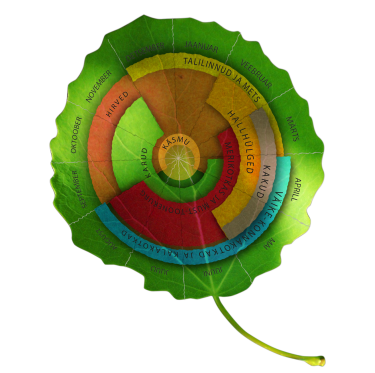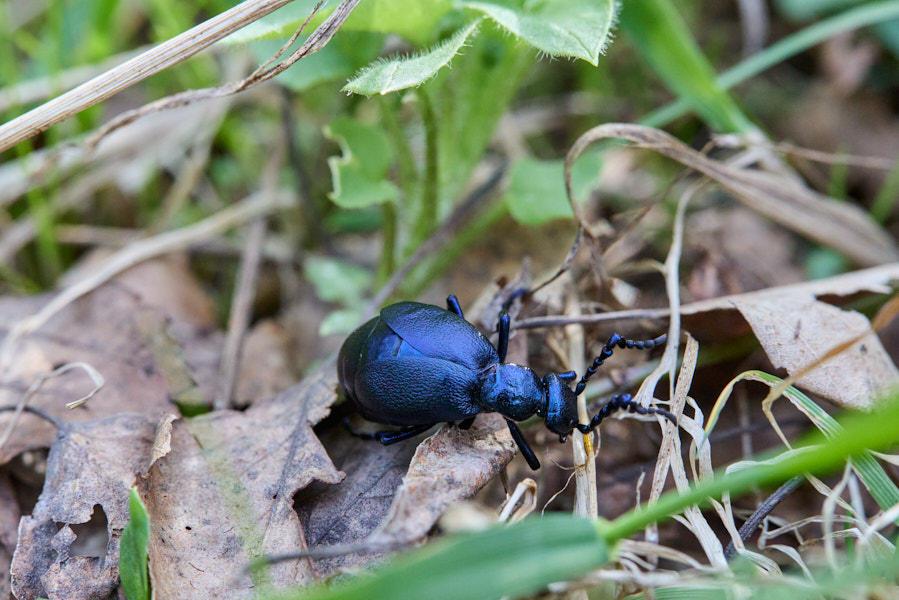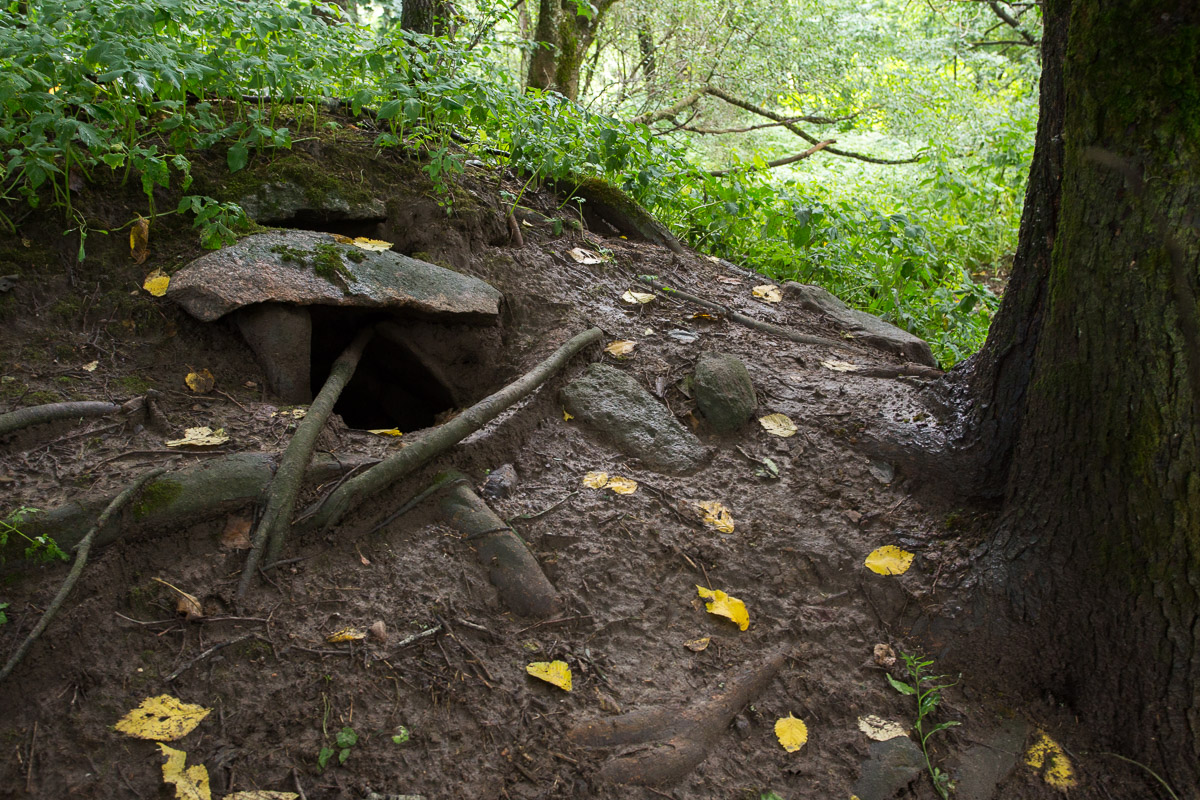Science news for the Year of teh Great Tit edited by UT Bird ecology researcher Marko Mägi,marko.magi@ut.ee
Photo Arne Ader
Translation Liis
Despite the fact that it is easier for birds acting together in a group to notice dangers and sound warning calls they too must keep eyes and ears open at foraging to become aware of an approaching threat. Such a mode of foraging is characteristic for many birds feeding in groups. But what happens when warning calls do not reach their aim? For instance in a noisy environment where the efficiency of warning calls is small or one’s mates do not even perceive the calls. Today humans are ever more accompanied by artificial sounds, particularly in cities where traffic noise is several times louder than the natural background of sound. Yet many birds prefer to breed, winter, forage in cities – is then the noise no problem for them?
 Latest news
Latest news Loodusemees.ee - the day in pictures
Loodusemees.ee - the day in pictures Videos
Videos
 My Forest
My Forest





